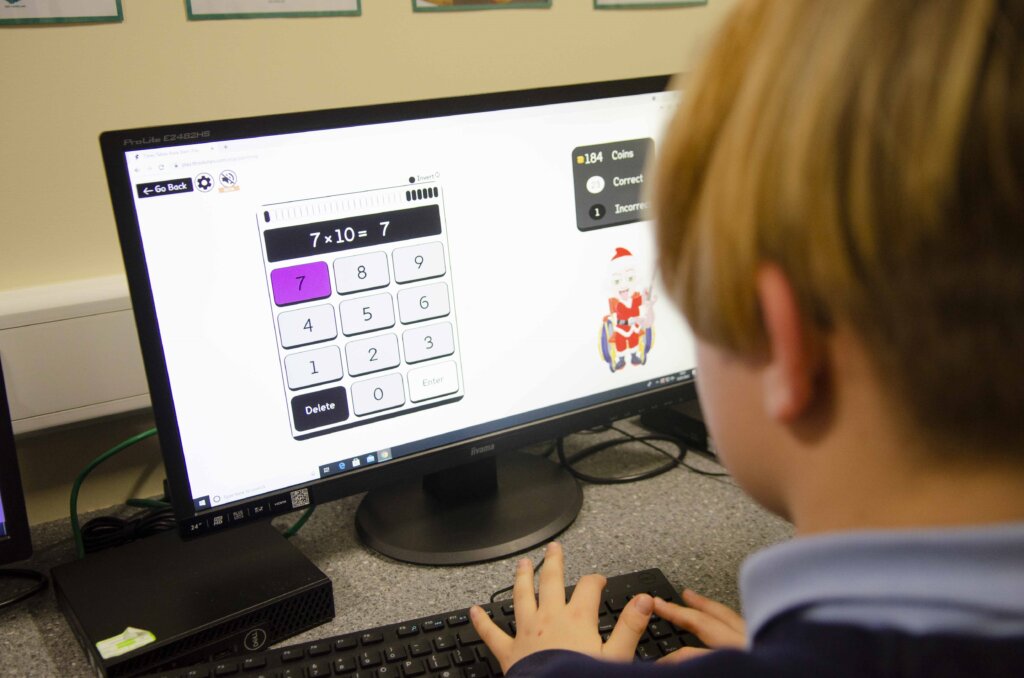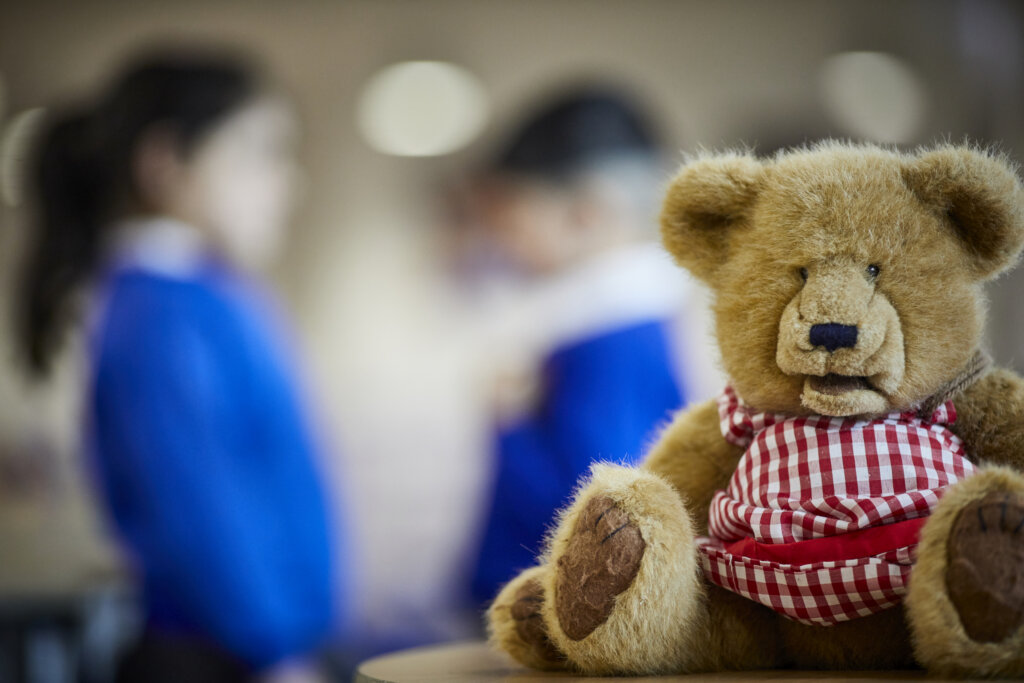World Nursery Rhyme Week is an opportunity to celebrate nursery rhymes and the critical role they play in early childhood development and education. Every year practitioners, parents, and children mark the special occasion by taking part in the “Rhyme A Day” challenge, singing chosen rhymes together on each day of the week and organising activities to complement each rhyme.
The 5 official rhymes for 2024 are:
11th Monday: Twinkle Twinkle
12th Tuesday: Old Macdonald
13th Wednesday: The Big Ship Sails
14th Thursday: Incy Wincy Spider
15th Friday: 5 Currant Buns
To gain access to activity ideas and resources, including certificates, you can sign up to www.worldnurseryrhymeweek.com.
Why are nursery rhymes important?
Many of our most popular nursery rhymes emerged as part of a centuries-long oral tradition and continue to be passed from one generation to the next as part of a shared oral culture. Whilst they vary from folktales, ballads, lullabies, riddles and proverbs, they’re generally marked by a distinctive use of rhythm and rhyme that makes them so easy to remember.
At first glance, nursery rhymes can sometimes seem silly and nonsensical, but research shows they are more than just a fun way to pass the time. They are also powerful tools to support children’s early development and learning:
- Cognitive development
Repetition supports the brain by improving memory, concentration, and spatial development. Through the repetition of sounds and stories, nursery rhymes can help young children to grasp and remember words, laying the foundations for language development.
- Physical development
Singing nursery rhymes with actions – such as “I’m A Little Teapot” or “Wheels On The Bus” – is a great way to boost motor skills and hand-eye coordination. This can improve children’s balance, rhythm and movement.
- Numeracy skills
Nursery rhymes can help to familiarise young children with numbers and other maths concepts such as counting, patterns, sequences. There are lots of number songs to choose from, including “Ten Fat Sausages” and “One, Two, Buckle My Shoe.”
- Social-emotional support
Singing nursery rhymes together is a fantastic social activity that not only allows children to form bonds and close attachments, but teaches them to share, take turns, and learn to understand the emotions of others.
- Language and literacy
Nursery rhymes are a wonderful way to introduce children to new words and build their vocabulary, developing a love of language and literacy that will ultimately help them to develop as confident readers and writers.
How can we support children’s oracy with nursery rhymes?
According to the Oracy Education Commission (2024), oracy can best be defined as:
“Articulating ideas, developing understanding and engaging with others through speaking, listening and communication.”
Oracy and communication has always been an important focus in Early Years, where children learn to talk and listen to others, developing an emerging sense of their identity and where they fit into the world. However, these vital opportunities were missed by many children as a result of the pandemic. More than ever, people are realising the incredible value of a high-quality oracy education – not only in Early Years, but throughout primary and secondary school, so that learners are well-equipped with the skills to contribute to the modern economy, participate in democracy, and take their place as the future citizens of our country.
Oracy education is composed of three important dimensions, which include learning to talk, learning through talk, and learning about talk. This World Nursery Rhyme Week, it’s the perfect opportunity to consider how we can use nursery rhymes to help our youngest learners reach new milestones in their oracy development.
- Learning to talk, listen and communicate with nursery rhymes
Just like learning to add and subtract, spoken language needs to be explicitly taught. Singing nursery rhymes immerses children in rhythmic information – the stress on different syllables, the rise and fall of tone – that is essential to language acquisition. Nursery rhymes can also enhance children’s phonemic and phonological awareness, as children learn to discern individual sounds within the words and sentences that make up spoken language.
Don’t forget, there is also a social-emotional component to spoken language. Try reciting nursery rhymes as a class through call and response, or one by one in a circle, so children can improve their ability to follow instructions, take turns, listen to others, and remember the word or sentence that comes next.
- Learning through talk, listening and communication with nursery rhymes
Learning through talk, or “dialogic teaching,” is an essential part of oracy education, enabling children to exchange thoughts, explore new ideas, and challenge assumptions. When singing nursery rhymes, take the time to ask open-ended questions about the song or story and expand on children’s answers by repeating what they say and asking follow-up questions. For example, there’s lots of opportunities to talk about musical instruments when singing “I Am The Music Man.” Remember to praise children for sharing their input!
Think about how you can help parents to encourage learning through talk at home. Maybe you could share nursery rhymes through school newsletters, with suggested questions and activities. You could even put together Nursery Rhyme Bags full of props so that families can talk and play together whilst singing nursery rhymes.
- Learning about talk, listening and communication with nursery rhymes
Another component of oracy education is learning about talk so that children can make informed choices about what language to use in specific contexts, whether it’s at home, at school, or the future workplace. Nursery rhymes are a great place for children to start learning how to communicate different meanings through tone and pitch. Try using different voices to sing “This Is The Way The Ladies Ride,” or increasing the tempo and volume whilst reciting “This Is The House That Jack Built.”
Why not display nursery rhyme picture books across your environment, along with matching toys, props and costumes? This way, nursery rhymes can inspire imaginative role-play through which children can learn about talk by stepping into the shoes of different characters, acting out alternate scenes, and making up their own stories and endings!
We hope this blog offers plenty of inspiration to help you embrace the magic of nursery rhymes in your settings. Through rhyme, rhythm and song, we can enhance children’s oracy skills, foster a love for language, and lay a strong foundation for lifelong learning.
If you would like further advice on developing oracy in your setting, we can offer whole-school support, training and framework development expertise.
Get in touch to find out more.
Please complete the form below and we will get in contact as soon as we can to help you with your query.
















